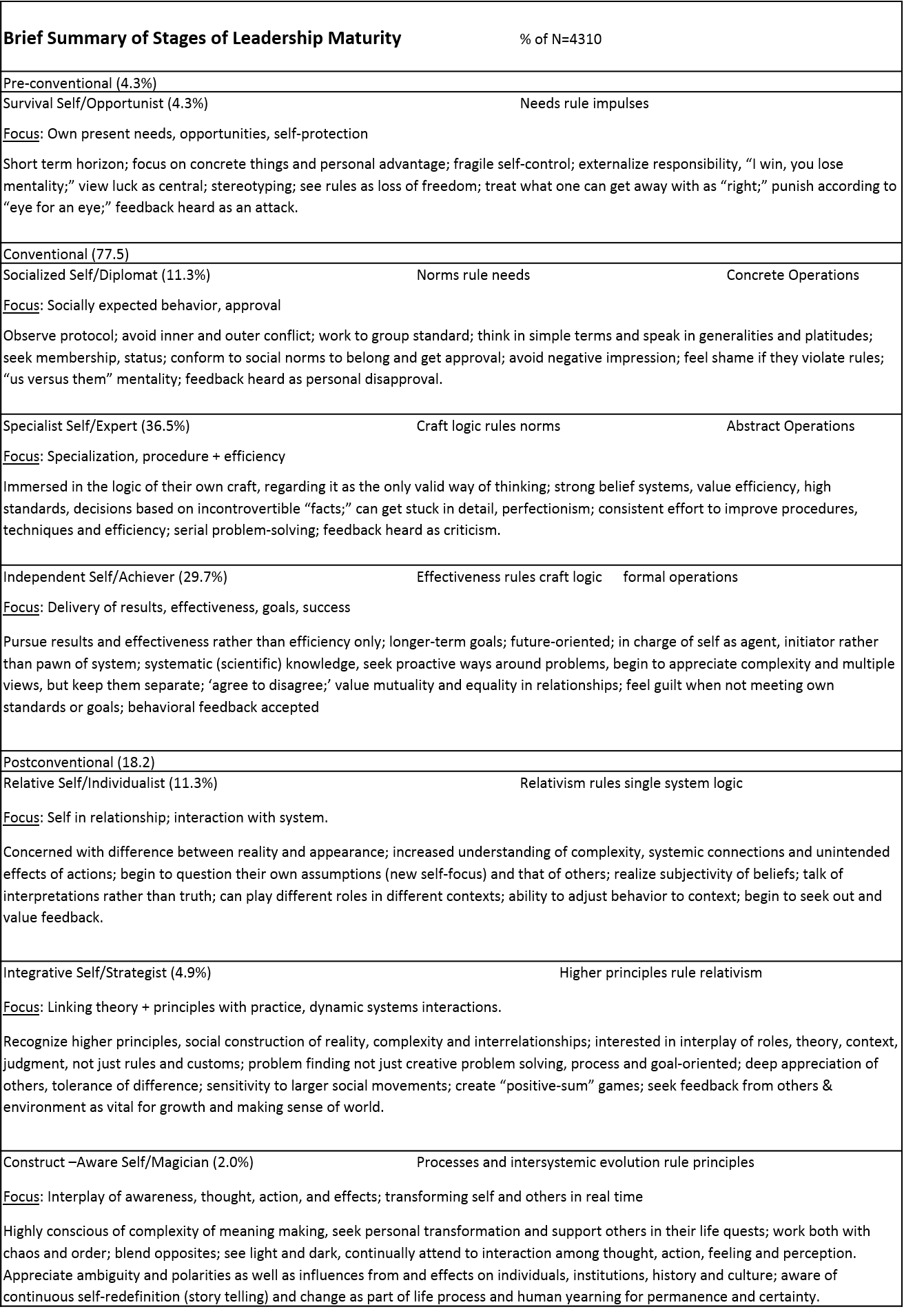What Do Leaders DO to build “Level 5” Organizations?
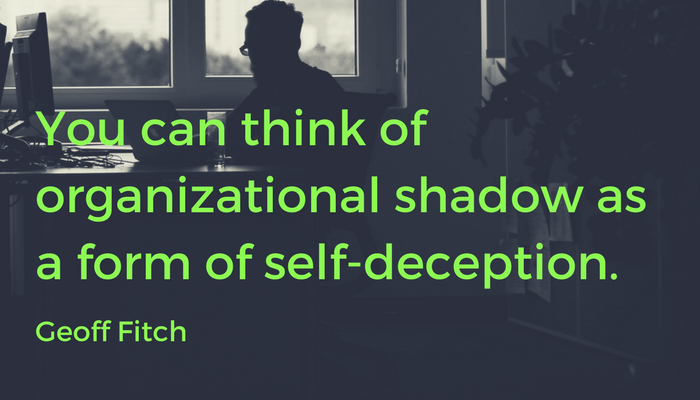 This blog is a companion to the podcast with Geoff Fitch and Terri O’Fallon, Is There Such A Thing As A ‘Level 5’/Teal Organization -Part 2. Geoff Fitch, MA, wrote this post.
This blog is a companion to the podcast with Geoff Fitch and Terri O’Fallon, Is There Such A Thing As A ‘Level 5’/Teal Organization -Part 2. Geoff Fitch, MA, wrote this post.
As a Level 5 leader, we know our personal development is key to our ability to meet the complex challenges we face in today’s world. In our last post, Terri O’Fallon noted that working with individual and organizational shadow is one of the most challenging parts of the life and development of a Level 5 (Strategist) Leader. An important part of this process is understanding our shadow – the projections and assumptions we are unaware of often set the limits of the solutions we imagine.
But what is Organizational Shadow, and how can we work with it? You can think of shadow as pushing things out of our awareness that we don’t want to or can’t handle. Level 5 leaders understand that the organizational field of play doesn’t just include what we see; it also includes the unconscious territory and that we must work to uncover what’s hidden in it. You can think of shadow as a form of self-deception. As an individual, we blame others without looking at our projections we put on them and miss how we may be just as at fault.
At an Organizational level, you can think of shadow as one step beyond what is undiscussable. Organizational Shadow is what is unthinkable. When there is something that an organization or team is not dealing with, often what happens is that it “projects” that issue on one of its staff members or departments. Someone or some group in the organization will compensate for the lack of attention to the issue at an organizational level. However, because the need is unconscious, they will often be vilified for the initiative instead of appreciated. Why are they paying attention to something that is not an organizational priority or perhaps even one of their responsibilities?
In our interview, we discussed just such a case in which a healthcare executive had taken action to address some compliance problems the organization was facing. These problems were an organizational issue that was not being dealt with effectively by leadership at all levels. So, she stepped in and took the issue on, even though it was outside her responsibility. The result was she became a source of conflict and eventually became ill from the stress. Once the executive team identified the Organizational Shadow, clarified the cultural blocks to effectively dealing with compliance issues, and took this on as a core organizational imperative owned by the whole team, the conflict disappeared, and the executive’s health recovered. It was a striking example of Organizational Shadow at work.
In hindsight, it might seem like an obvious challenge to address, but it can be very difficult to see when we are caught in shadow. What is unseen in your organization? What persistent challenges might point to a core truth you are not willing, as an organization, to face?
These four approaches help explore and resolve organizational shadow issues. These four strategies also point to capacities that Level 5 (Strategist) leaders bring to their organizations.
- Identify the conflict.
Organizational shadow produces conflict. Usually, there is a personal, role, or strategic conflict surrounding the issue as the unidentified organizational need creates tension in the system. Yet how we see that conflict often misleads us from the underlying issue. Often, a person or group gets the need “projected” on them and consequently becomes scapegoated or marginalized. This happened in our example when the executive tried to get others to face a problem and was consequently seen as a problem in the organization. When looking at an area of struggle, ask yourself – might someone be getting scapegoated here? This takes us out of the blaming mindset and helps us begin to see the problem more systemically – a key Level 5 move.
- Turn the problem into an organizational need.
Looking at the issue systemically, you can often notice that we ascribe negative qualities to the potentially scapegoated person or group and ask, do these qualities represent something we need to have more of, not less of? In our case, the executive had turned into a kind of enforcer, which directly conflicted with the collegial reciprocity at the core of the organizational culture. It was a friendly place, and her behavior was clashing. Asking the turnaround question, we could see how the organization needed more of what she was bringing. In its open, friendly culture, the team avoided effectively dealing with the black-and-white issues that required them to confront themselves. Because of this, she had become the ‘cop’ and alienated herself from everyone on the team. Her ‘difficult behavior’ was now seen as a needed organizational capacity. Level 5 Leaders bring this capacity to identify and integrate organizational polarities that may seem in conflict.
- Determine how and why the organizational need has been disowned.
In this example, we can see that the organizational need was disowned because it seemed to conflict with their culture, which they highly valued. There was an implicit assumption that there was no way to deal with compliance that was consistent with their culture. Level 5 leaders see these organizational assumptions as the key drivers of thinking, behavior and results. They also see them as discussable and changeable. Uncovering organizational shadow allows us to see exactly how these hidden drivers of organizational performance have been operating. After identifying the conflict, scapegoating dynamic, and underlying organizational need, it is important to discover how this process has functioned – what mindsets, thinking, decisions and behaviors have held it in place.
- Take collective ownership of the organizational need.
In our case, solutions to this contradiction became obvious once the team surfaced out of the shadow. The first step to implementing a solution is to collectively take ownership for the need. Organizational Shadow often points to systemic shifts that need to take place in values, priorities, and behaviors. In the healthcare case, once the problem was identified, the executive team made a commitment to own the problem across the organization. This action immediately relieves the scapegoat of excessive responsibility for the issue and is a critical step in resolving the shadow and ensuring it does not persist. Specific strategies and tactics to address the need can be implemented from there.
In our interview, we also talk about how the very organizational capacities Level 5 leaders foster, particularly social safety and adaptability, are essential for uncovering Organizational Shadow. What makes these issues unlike other organizational challenges is that they are unseen because we are actively, and often unconsciously, avoiding them. For teams to be willing to explore these hidden assumptions and areas of conflict, leaders need to bring a culture of trust, safety, and curiosity. When this is in place, we find that most teams are more than willing, and are often relieved, to bring light to what is in the shadow.
About Geoff Fitch
Geoff Fitch is a coach, trainer, and facilitator of change in individuals and organizations and a creator of transformative leadership education programs worldwide. He is a founder of Pacific Integral with Terri O’Fallon Ph.D., where he was instrumental in developing the internationally-acclaimed Generating Transformative Change program, now offered on three continents and in its 24th cohort. He has researched and developed novel approaches to transformative change in individuals and human systems through these programs. Geoff brings over 30 years of experience in business, management, and organizational leadership, including 18 years in in management in the computer industry and 15 years as a consultant, coach, and trainer in leadership. He has explored diverse approaches to cultivating higher human potential for over 25 years. He holds a master’s degree in Transpersonal Psychology from Sofia University and B.S. in Computer Science, magna cum laude, from Boston University.
Learn more about Geoff’s work at www.pacificintegral.com

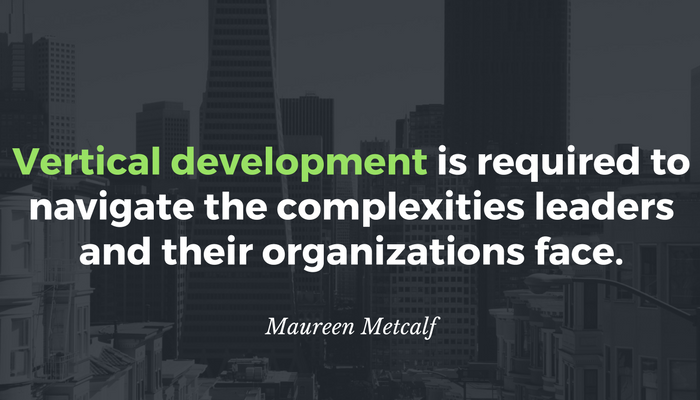 This post is a companion to the podcast featuring
This post is a companion to the podcast featuring 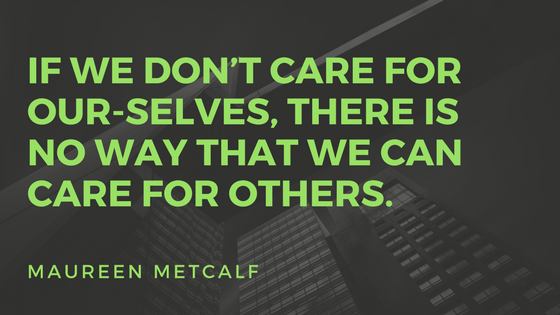 This blog post is the companion to a podcast with Mark Palmer and Belinda Gore,
This blog post is the companion to a podcast with Mark Palmer and Belinda Gore, 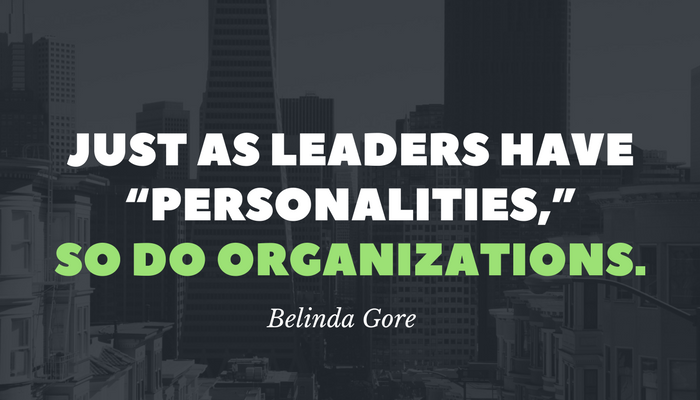 This guest blog was written as a companion to the podcast with Belinda Gore, Building Leadership Self-Awareness Using Personality Typ
This guest blog was written as a companion to the podcast with Belinda Gore, Building Leadership Self-Awareness Using Personality Typ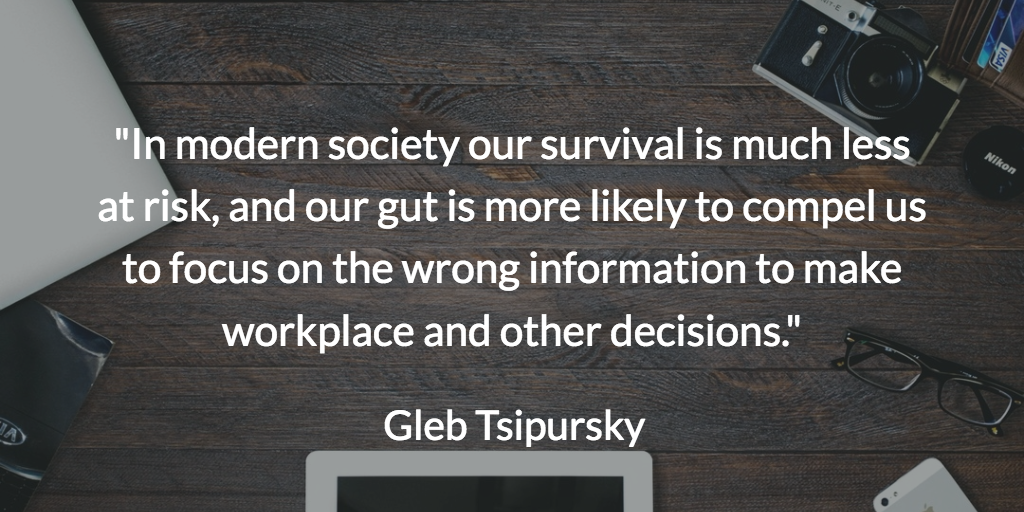 This guest blog was written as a companion to the podcast Interview with Dr. Gleb Tsipursky’s Tools for Avoiding Disastrous Decisions. In the interview and the blog, Gleb explores how we can balance intuition and data-based decision-making to achieve the most effective business outcomes. He explores some common misconceptions and offers recommendations to avoid them.
This guest blog was written as a companion to the podcast Interview with Dr. Gleb Tsipursky’s Tools for Avoiding Disastrous Decisions. In the interview and the blog, Gleb explores how we can balance intuition and data-based decision-making to achieve the most effective business outcomes. He explores some common misconceptions and offers recommendations to avoid them.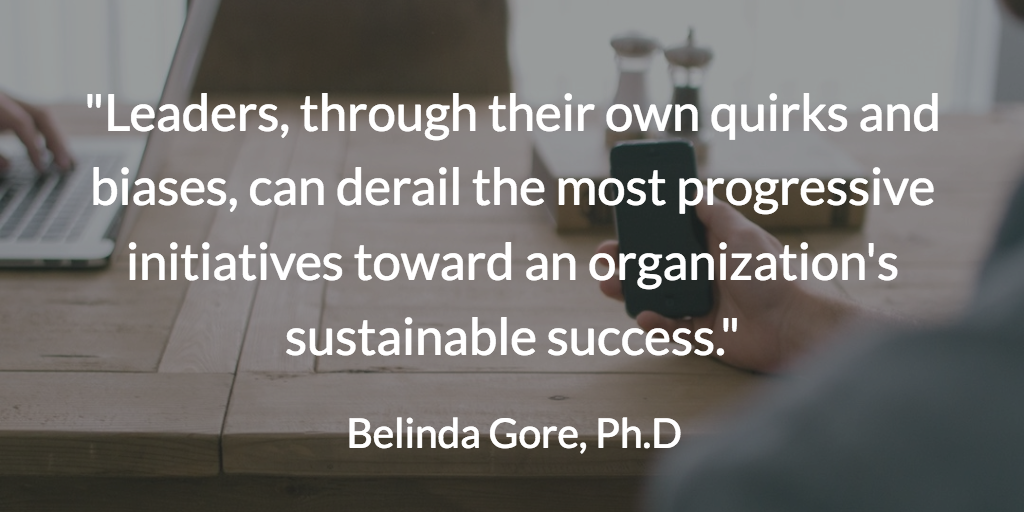
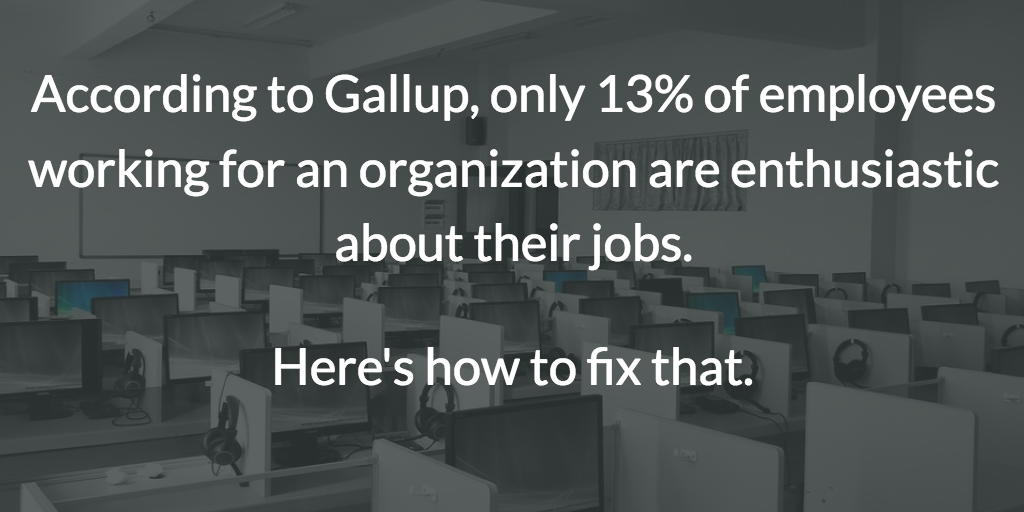 This blog is drawn from a paper by Jim Ritchie-Dunham & Maureen Metcalf, Co-hosting:
This blog is drawn from a paper by Jim Ritchie-Dunham & Maureen Metcalf, Co-hosting: 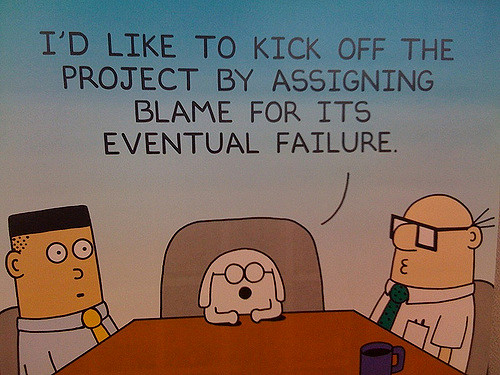 Mike Morrow-Fox and Maureen co-write this blog post as a companion to the podcast recording on Bad Bosses.
Mike Morrow-Fox and Maureen co-write this blog post as a companion to the podcast recording on Bad Bosses.

